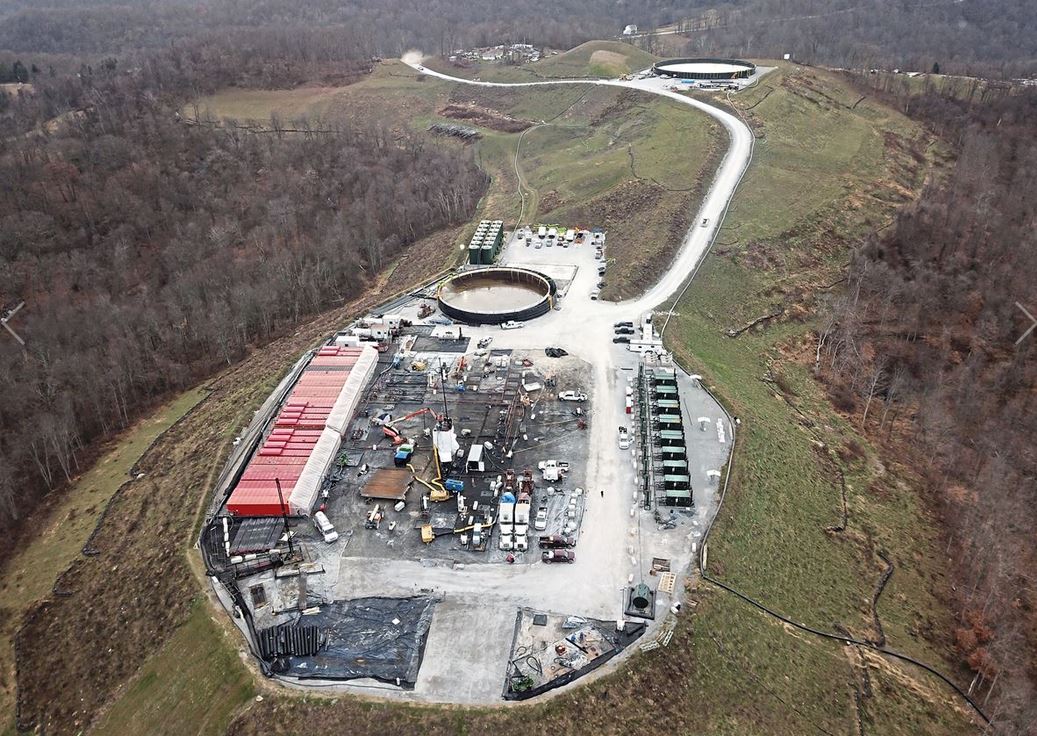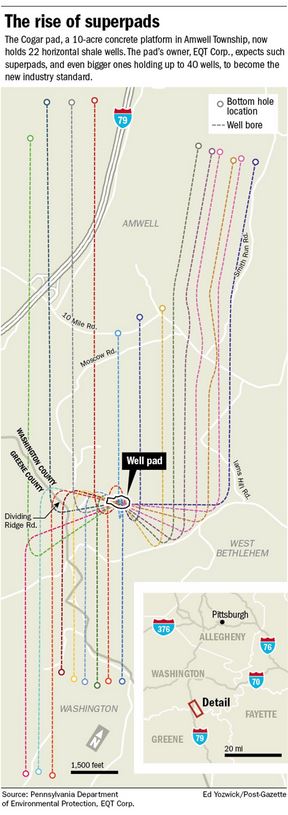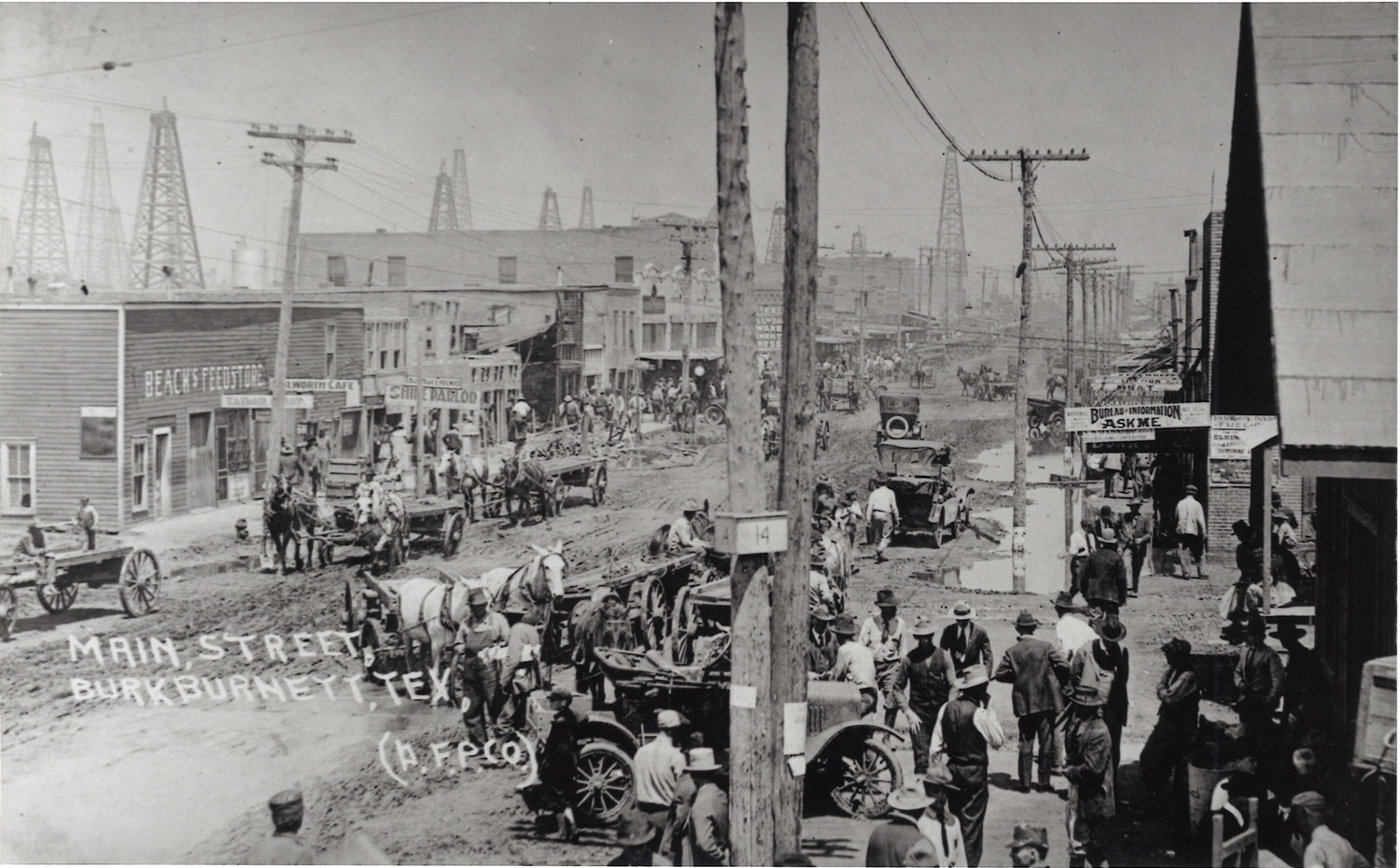On February 2, 1848, the United States and Mexico signed the Treaty of Guadalupe Hidalgo, ending the Mexican-American War. I’ve been reading the biography of Stonewall Jackson; he and many of the generals in the Civil War first experienced combat in that war. As part of the treaty Mexico ceded the portion of Texas between the Nueces and Rio Grande Rivers, and Texas and the U.S. recognized the validity of titles to land granted by Mexico and Spain in this area, known as the Nueces Strip.
Of course the treaty didn’t settle matters in the Nueces Strip. In 1850 a movement arose to establish a Rio Grande territory separate from Texas. Its leaders called for a convention to form a provisional government and a petition to Congress to recognize the area as a separate territory. Part of the reason for the movement was fear that Texas wouldn’t recognize their land titles.
In response, on February 22, 1850, the Texas Legislature passed a law establishing a commission to investigate and recommend for confirmation title claims emanating from Spanish and Mexican land grants. Known as the Bourland Commission, it consisted of two commissioners, William Bourland and James Miller, and Robert Jones, a well-known lawyer and judge, to serve as the commission’s attorney. The commissioners gathered evidence, including documents, affidavits and testimony, and prepared an abstract on each claim and a recommendation as to whether the claim should be confirmed or rejected. The legislature then acted to confirm or deny applications for recognition of the land titles.









